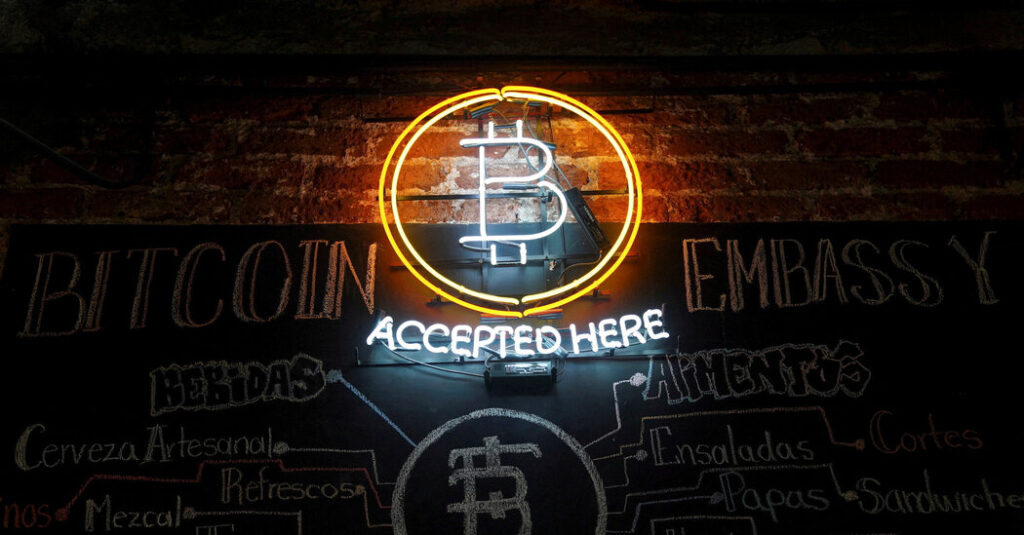Cryptocurrency enthusiasts are looking forward to the third week of April, counting down the days until a potentially significant moment in Bitcoin's development known as the “halving.”
Essentially, a halving is a planned reduction in the number of new Bitcoins in circulation. As supply dwindles, some analysts expect digital currency prices to rise.
These reductions occur approximately every four years. But this year's halving has received particularly enthusiastic attention as the crypto industry recovers from years of price declines and corporate collapses.
In recent months, the price of Bitcoin has soared to record highs, reaching $73,000 in March. Much of this increase was driven by the approval of new financial products related to Bitcoin, spurring billions of dollars in new investment. Cryptocurrency investors are hoping that the halving will create a similar effect, causing Bitcoin's price to rise further.
Here's what you need to know about half-life:
How does halving work?
The main purpose of Bitcoin is to allow people to exchange money without an intermediary such as a bank to verify transactions.
Instead of banks, a distributed network of computers around the world running Bitcoin's software performs the verification. To confirm a transaction, computers solve complex puzzles and compete with each other to guess the answer. This process is designed to ensure that Person A has sufficient funds to transfer to Person B.
As a reward for their verification services, people running energy-intensive computers receive compensation in the form of new Bitcoins. Each halving reduces the size of that reward by half (the current prize is 6.25 Bitcoins).
What does halving mean?
Since Bitcoin's creation in 2008, investors have also envisioned it as a hedge against inflation.
In traditional financial systems, when governments think it will benefit the economy, they start printing more money, which can sometimes cause inflation. Many cryptocurrency proponents are skeptical of the practice.
Bitcoin halving is programmed to limit the total number of coins in circulation to 21 million. As the amount of Bitcoin in the world approaches its upper limit, the reward for validating a transaction will become smaller and smaller in size, gradually approaching zero. Cryptocurrency proponents argue that fixed supply should protect Bitcoin's value in the long term.
What is the half-life?
The timing of each halving is written into Bitcoin's underlying code. Halvings occur approximately every four years after the number of Bitcoin transactions reaches a certain threshold.
It is difficult to predict until the day the halving occurs, as the exact timing depends on trading rates. Current predictions are that it will take place on Friday or Saturday.
How will the halving affect the price of Bitcoin?
In theory, as fewer new Bitcoins enter circulation, the price should rise. Various crypto experts predict that the value of cryptocurrencies will continue to rise this year, due in part to the impact of the halving.
But other analysts said the impact of the halving may already be reflected in the soaring price of Bitcoin. As it turns out, the halving wasn't unexpected, it was programmed into Bitcoin's software from its inception.
How will it affect the Bitcoin mining industry?
In the early days of cryptocurrencies, people running Bitcoin software on their laptops could validate transactions and earn rewards. This is a process known as mining. However, over time, the calculation process became more energy-intensive.
These days, Bitcoin mining is dominated by publicly traded companies that operate warehouses full of computers and consume enormous amounts of energy. The halving poses a potential threat to their business models, reducing the amount of Bitcoin these companies can acquire.
Adam Sullivan, CEO of Bitcoin mining giant Core Scientific, said some small-scale mining operations could be forced out of business.
“Large companies will be able to buy facilities,” Sullivan said. “Small businesses will suffer after the halving.”


